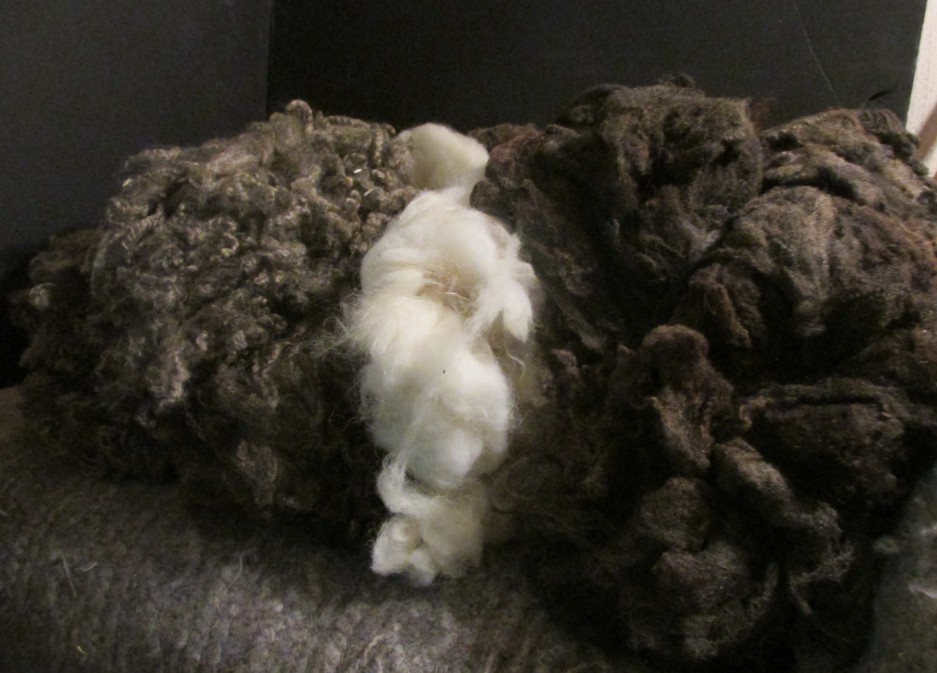HELLO
FIBERuary Day 28 GROWING AND PROCESSING FLAX Talk and demo at Sheep and Shawl. with Michelle Phillips
Today was the last in a series of 4 talks given at Sheep and Shawl. Thanks to Liz and John for hosting these wonderful talks.
Michelle did a wonderful job of explaining the planting and finishing process of Flax. I wanted to share with you pictures of this event. Everyone who wanted to got a chance to try their hand at it and see many wonder samples from the plant itself to the finished product.

Three different varieties of Flax

Dryed and Retted, ready for processing

Michelle using a Flax Brake. This brakes the fiber from the stem.

This is a plant with a break in it, you can see the fiber between the break

Michelle using the Heckle. The heckle splits and straightens flax fibers for spinning.
A wonderful time was had by all.
